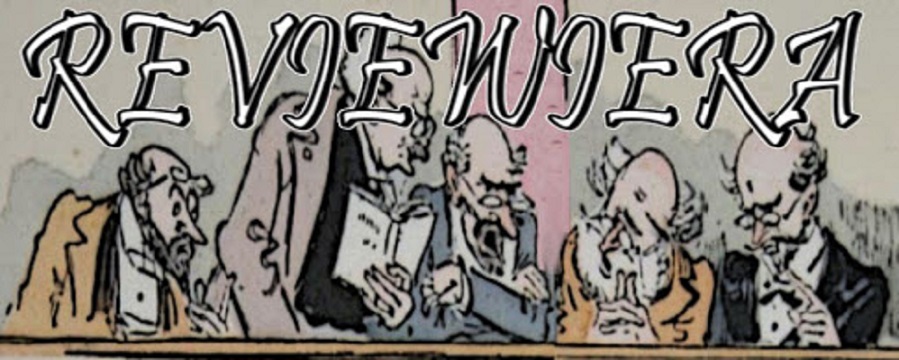By coincidence this past week in the same movie theater, on the same screen, I saw the new Harmony Korine movie, shot by Benoît Debie a few days after I saw Climax (2018, Gaspar Noé), which is also shot by Debie. Getting to see the latest new film by Korine or Noé is always a treat because Debie shoots in a saturated palette with an assortment of candy-colored gels that I can only compare to Rainer Werner Fassbinder’s last couple films shot by Xaver Schwarzenberger: Lola (1981) and Querelle (1982).
Cult figure Harmony Korine has a natural flair for gaining attention, is never short on jokes, and has great taste in movies. His screenplays for Kids (1995, Larry Clark) and Ken Park (2002, Clark) are an auspicious pair; his masterpiece is Gummo (1997, Korine); and the rest of his filmography is uneven, but worthwhile for his fans, or maybe what I mean to say is that while I’m not sure I’m exactly excited about his other films, I’m still drawn to them.
Spring Breakers (2012, Korine) was a huge hit and Korine’s only movie that is accessible to mainstream audiences, but it’s not really a Harmony Korine movie. The Beach Bum (2019, Korine) is his penance for Spring Breakers in that it exhibits his personal aesthetic while confirming poetry is more important than box office.
For example, why does Spring Breakers have all the morality? The worst is Selena Gomez’ character—even she knows she doesn’t belong in the movie and takes a bus home at the start of the second act. And why does Spring Breakers have a conventional story arc? The Beach Bum proudly and successfully makes a statement of being a movie truly representative of Korine’s anarchist vision as a filmmaker. And if you understand this, you understood Trash Humpers (2009, Korine). There’s a reason MOONDOG (Matthew McConaughey) cavorts with a bunch of lowlife degenerate whino junkies; not only is it to visually represent the antitheses of the perfect bodied Disney star twentysomethings in bikinis from Spring Breakers, but when amid the mayhem of destroying Moondog’s mansion for kicks a middle-aged man in an adult diaper swings from a gold chandelier, it is here the ethos of Trash Humpers returns.
But The Beach Bum shows Korine at the height of his powers by also deceiving the audience with the initial appearance of a conventional narrative only to eventually subvert any expectations of such a possibility. There is a turn the plot takes where I was reminded of the disgust I felt watching Don't Worry, He Won't Get Far on Foot (2018, Gus Van Sant) and realized it was a commercial for AA, but luckily it was a psychout. My final concession is that if Gummo and Trash Humpers are anarchist cinema, The Beach Bum is an arthouse comedy built around an anarchist protagonist. And the film also uses poetry to establish the voice of the Harmony Korine who made Gummo and wrote A Crackup at the Race Riots—both as a narrative poem and with Moondog’s verse. It’s been a while since American independent cinema has worked this well.


No comments:
Post a Comment